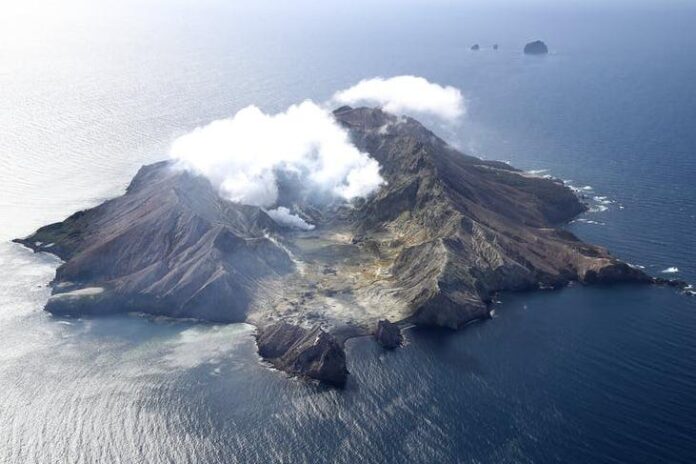Source: University of Canterbury
This shows how difficult it is to address uncertainty in observation through to forecasting. With 20/20 hindsight it is easy to judge the outcome, even if it is grossly unfair to those doing their best at the time to provide expert judgement and balance.
An added factor is that Whakaari is privately owned and sits in an unusual administrative “grey” zone. It was unclear who would have a mandate to “close” the island. While GNS Science provided warning information, it had no jurisdiction or control.
Contrast that with the Department of Conservation, which was quick to restrict access at Mt Ruapehu at the end of last year when GNS Science raised its alert level to 2.
This brings into question the role of the National Emergency Management Authority (NEMA), local authorities and indeed the owners of the island.
One of the most important considerations we must take forward from the tragedy is the cumulative nature of volcanic risk. The length of exposure time is critical. In basic risk calculations, using conservative figures and OECD accepted life-safety models, repeated visits to Whakaari by tour guides place them near unacceptable limits.
To get better at forecasting different levels of eruption risk requires advances in our basic science, as well as automated systems that can dispassionately judge risk and raise concerns. It also requires a more rigorous regime that ties warning systems to restrictions in access.
Even with this, the compounding uncertainties of how we measure and interpret this natural system mean it will never be completely safe.



